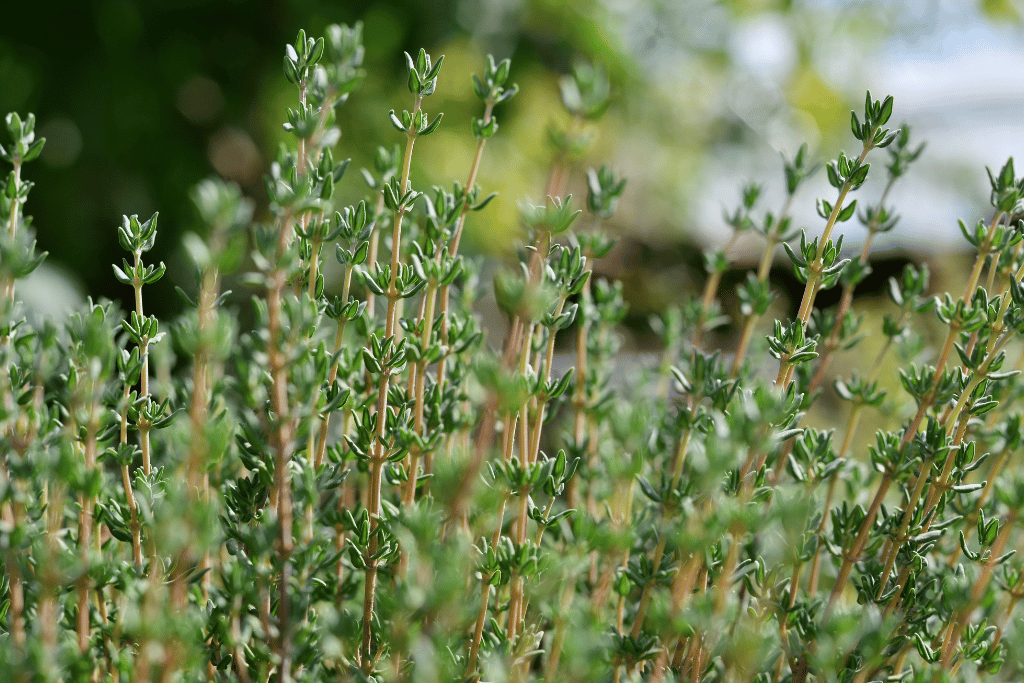
Persimmons are a beloved fruit tree, offering up juicy and flavorful fruits. Like most trees, these require pruning too. Pruning is a process that allows you to shape your tree, encourage certain branches, and control its growth.
Knowing the right techniques when pruning a persimmon tree is essential to keep it healthy and bear good fruit.
It is noteworthy that different varieties of persimmons need different types of pruning methods. Let’s take a look at how to prune a persimmon tree depending on the variety.
Pruning a Japanese Persimmon Tree
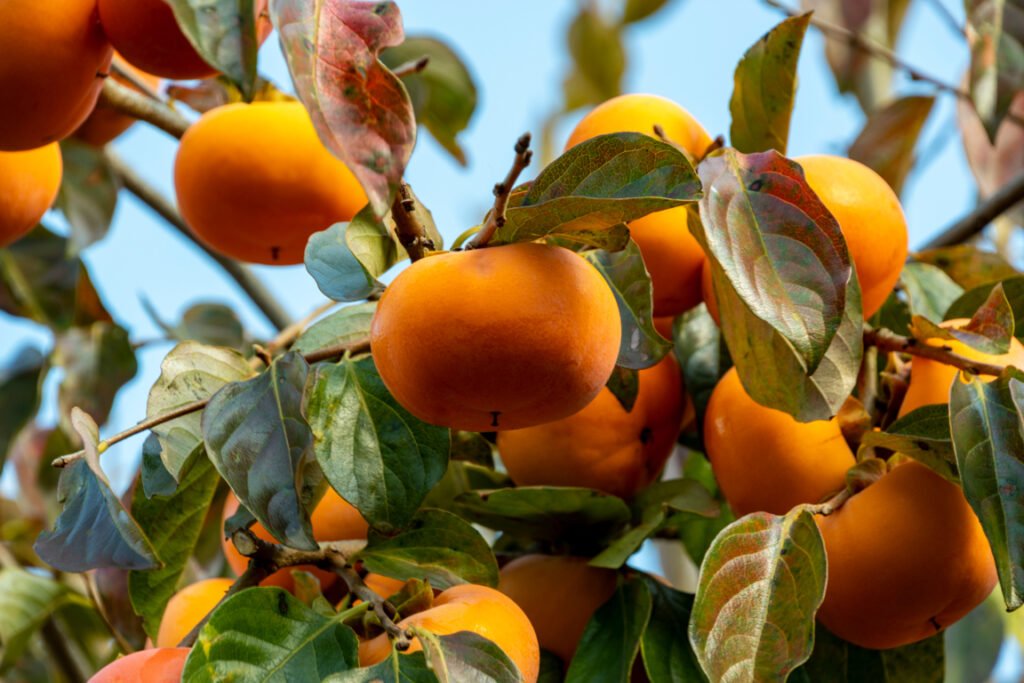
Japanese persimmons are the most common type of persimmon trees and have an upright growth habit. Here’s how to prune a Japanese persimmon tree:
1. Begin pruning early
To keep the tree at a manageable size and in shape, you should prune it in early spring when the tree is dormant. This will help encourage thicker foliage, more fruit production, and a better overall shape.
2. Cut away dead or damaged branches
Remove any dead or damaged branches, as they will sap energy from the tree and invite pests and diseases.
3. Remove crowded or crossed branches
Japanese persimmon trees can quickly become crowded with crossed or entangled limbs. Cut these away to encourage air circulation and light penetration.
4. Remove suckers and water sprouts:
Suckers are new shoots that grow from the roots, while water sprouts are smaller shoots that appear on branches and trunks. Both should be removed since they take energy away from the tree.
5. Keep pruning to a minimum:
Japanese persimmon trees need minimal pruning, so keep it to a minimum. Prune only when necessary and in the winter when the tree is dormant.
Pruning a Hachiya Persimmon Tree
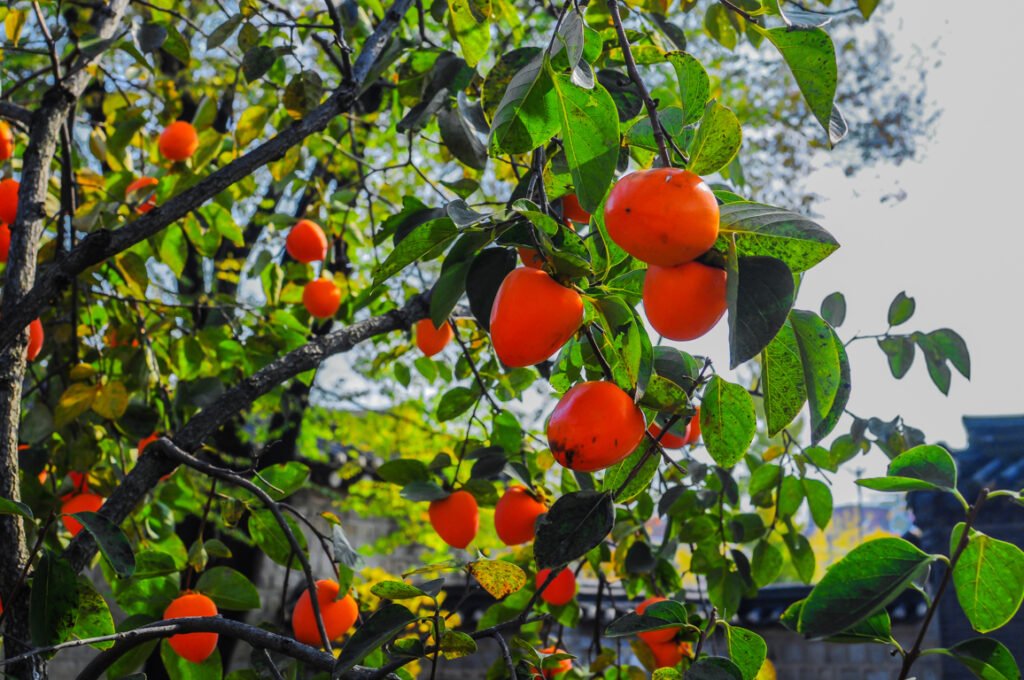
Hachiya persimmons are a popular variety of persimmon, known for their sweet and succulent flavor. Pruning a Hachiya persimmon tree is similar to other varieties of persimmon, but there are some specific techniques that should be used to ensure success. Here’s how to prune a Hachiya persimmon tree:
1. Start with the shoots
Just like the Japanese variety, Hachiya should be pruned in late winter or early spring too. This helps the tree to recover after pruning and promotes better growth. Prune off any shoots that are growing horizontally and any shoots growing out at an angle. Make sure also to remove any dead or diseased branches.
2. Shape it up
When shaping and training a Hachiya persimmon tree, you want to ensure that the branches grow in an open vase shape. This allows light to reach all parts of the tree and encourages good fruit production. To achieve this open vase shape, remove any branches growing too close together or too far apart. You can also prune back any branches growing outward rather than upward, which helps the tree maintain a balanced structure.
3. Pruning established trees
When pruning an established Hachiya persimmon tree, focus on removing any dead or diseased branches and any shoots growing out of the top of the tree. You can also thin out the canopy by removing some of the branches to allow more light to reach the center of the tree. If there are any branches that are crossing or rubbing against each other, these should also be pruned off to prevent any infections.
Pruning a Fuyu Persimmon Tree
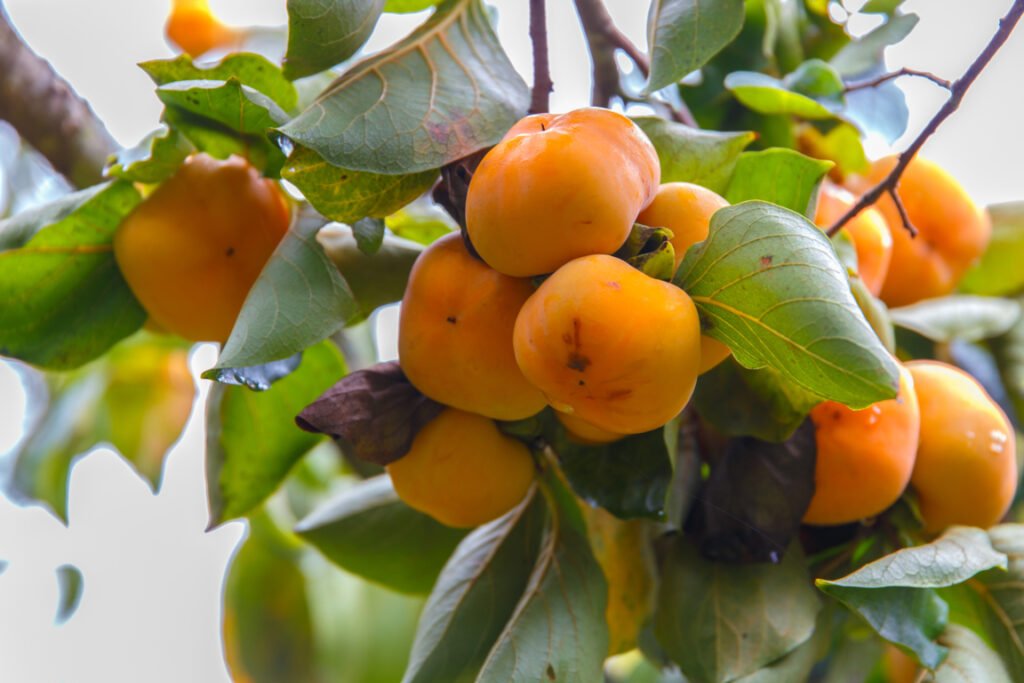
This variety is popular for the sweet, crunchy fruits it yields. You should know how to prune a Fuyu persimmon tree correctly to make it reach its full potential.
1. Identify the center leader
The first step to pruning a Fuyu persimmon tree is to identify the center leader. This vertical branch should be the tallest and strongest on the tree. It should be taller than any other branches and have a slight upward angle at the end for optimal growth. Make sure to keep this branch as the main structure of your tree.
When you find this branch, it is best to prune away any competing branches that are growing nearby. This will help your tree stay focused on one main leader as opposed to multiple branches.
2. Prune side branches
Next, you can start pruning the side branches on your Fuyu persimmon tree. When looking for branches to prune away, look for any growing towards the center of the tree or having a downward angle.
These branches will hinder the growth of your tree and can cause issues with airflow or shade out other parts of your tree. Prune these away for better growth and shape.
3. Keep an open center
When pruning, keep the center of your tree open and airy. This can help with circulation and make sure your tree gets enough sun, air, and nutrients.
Pruning a Native Persimmon Tree
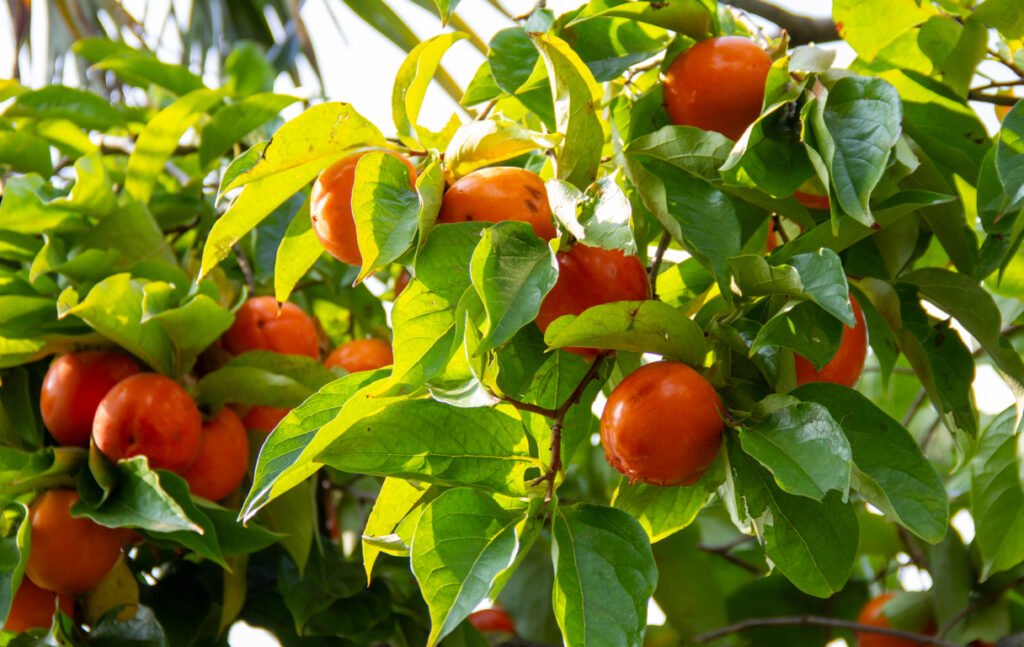
Native persimmon trees, also known as American or eastern persimmons (Diospyros virginiana), are small deciduous trees that can reach up to 70 feet in height. These trees boast bright orange fruits that have a sweet, fruity flavor. Here’s how to prune a native persimmon tree:
1. Assess the shape:
Before you start pruning your persimmon tree, it’s vital to assess its shape. Make sure it has a pleasing overall appearance and is well-balanced with its branches. If the tree isn’t balanced, you’ll need to make pruning decisions to help create a balanced shape.
2. Remove dead or diseased branches:
Once you have assessed the overall shape of your tree, look for any dead or diseased branches that need to be removed. These can be identified by the wilted leaves and bark that is not growing properly. If left untreated, these branches can spread disease and infestations, so removing them as soon as possible is crucial.
3. Cut suckers:
After removing dead and diseased branches, you will need to cut any suckers growing from the tree’s base. These shoots come up from the rootstock and compete with other branches for space and resources. If left untreated, they can become weak and lead to a decrease in overall health.
4. Selective pruning:
Once the dead, diseased, and suckers are removed, you can start selective pruning. This involves cutting back any branches that are growing too close together or crossing one another. You may also need to thin out overcrowded areas in order to allow for better air circulation.
5. Clean up your cuts:
Once you have finished pruning your persimmon tree, cleaning up the cuts is important. This can be done by using a sterilized pair of garden shears or pruners. This will help prevent the spread of any diseases or pests that may be lingering on the tools.
Conclusion
When pruning a persimmon tree, it is essential to remember the end goal – healthy, fruitful trees that are easy to maintain. Pruning should be done carefully and with an understanding of the different techniques used for each variety. To ensure success, use sharpened tools and practice proper techniques. Persimmons can become heavy with fruit and require regular maintenance to prevent overgrowth and disease.
With the right pruning approach, a persimmon tree can make a beautiful addition to any garden. Knowing how to prune a persimmon tree is key to achieving lush, healthy trees full of delicious fruits for a long time.
Frequently Asked Questions (FAQ)
How much to prune a persimmon tree?
The amount of pruning needed depends on the variety and age of your persimmon tree. Prune young trees lightly, while mature trees may require more substantial removal of branches and growth each year. In general, removing only about 20% of the growth during each season’s pruning session is recommended. This will help promote a healthy, full tree with evenly spaced branches. In addition to this percentage, you may need to prune for aesthetics or to remove diseased and dead wood.
How to prune a young persimmon tree?
Young persimmon trees (1 – 4 years old) should be pruned to encourage a central leader. Cut back all the side branches and keep only the strongest, straightest and tallest one as your main trunk or leader. This will help ensure that your tree grows with a strong structure supporting its future fruit production.
How to prune a mature persimmon tree?
A mature tree is one at least 4 to 5 years old. Prune away any dead or diseased branches, as well as any crossing branches that may be rubbing against each other. Remove any suckers (shoots emerging from the base of the trunk), and trim back any overgrown branches to open up the canopy. When trimming a branch, always use sharp pruning shears and make a clean cut just above a bud or leaf joint.
When to prune a persimmon tree?
It’s best to prune in late winter or early spring. This gives you time to assess the tree, prune dead or diseased branches and give it time to recover before the summer growing season begins. Pruning too late in the season can cause shock to the tree and can lead to stunted growth or even death.



